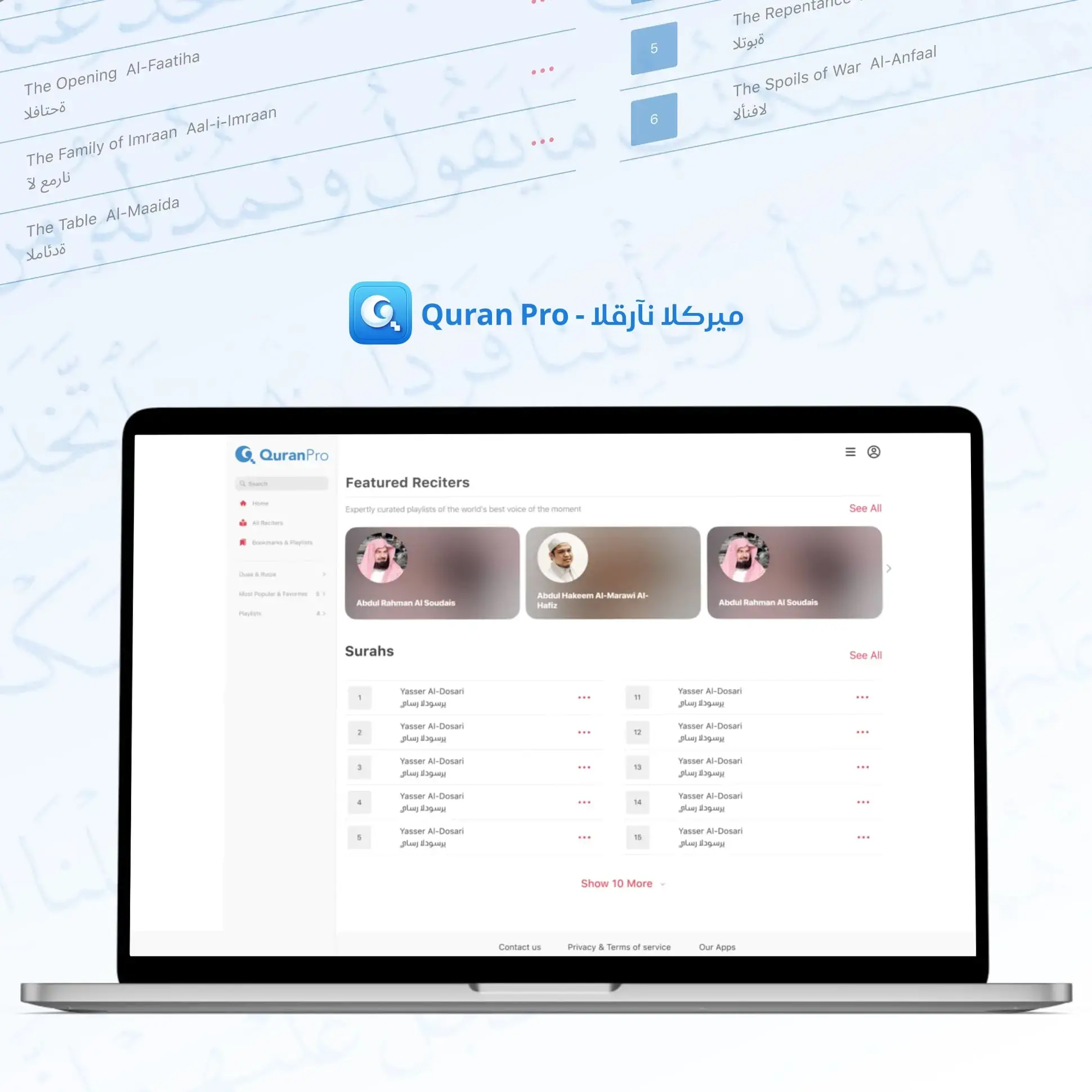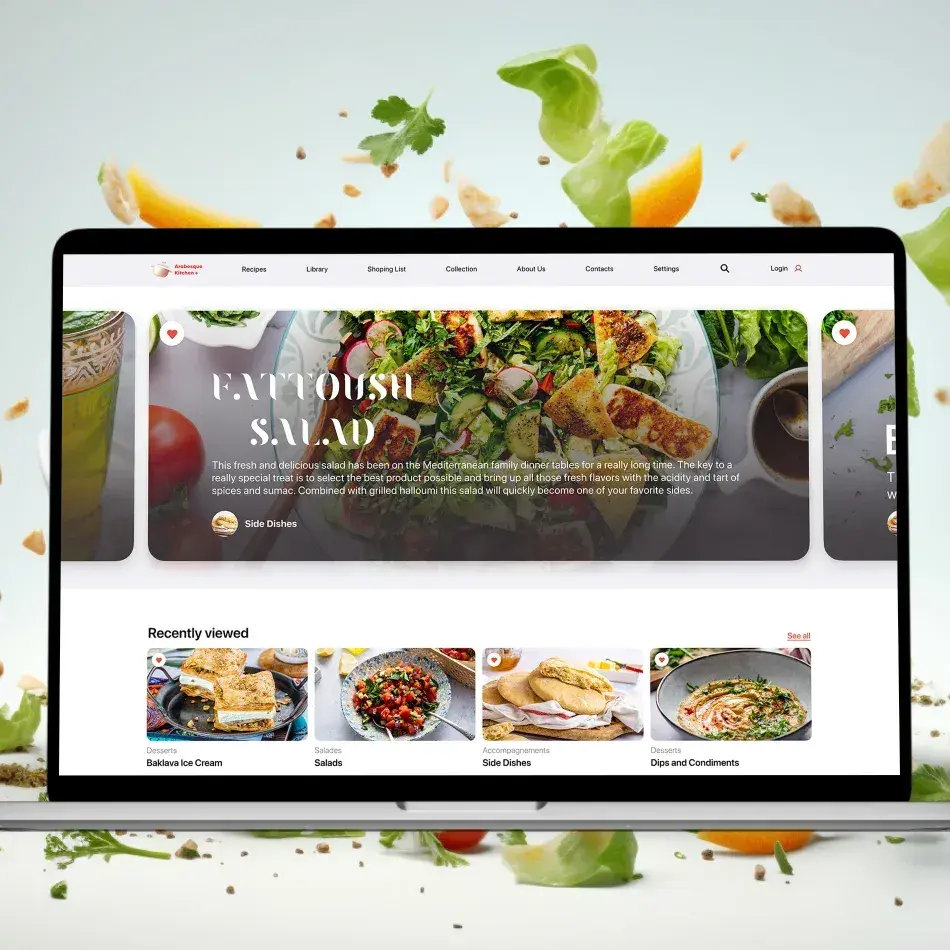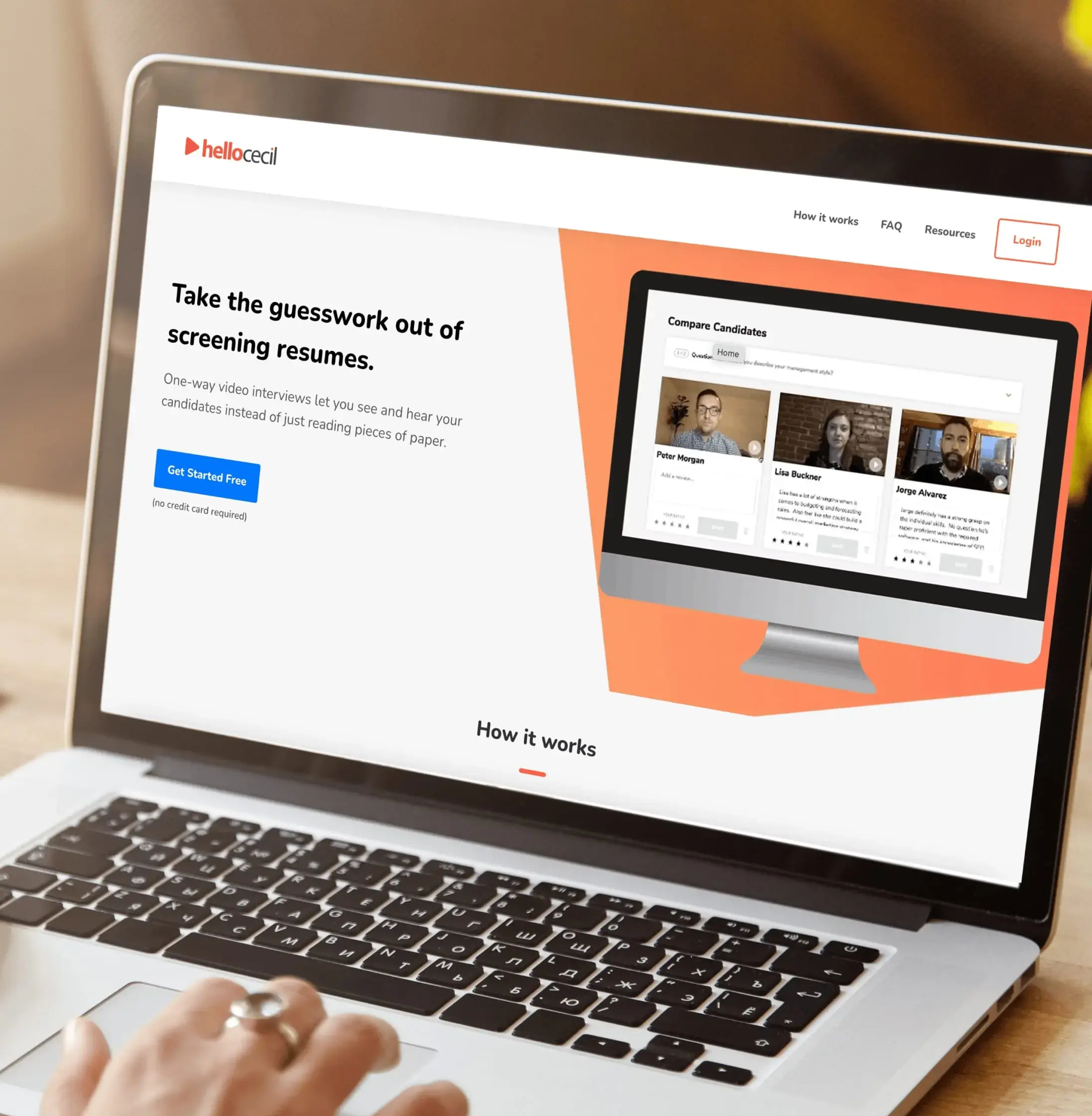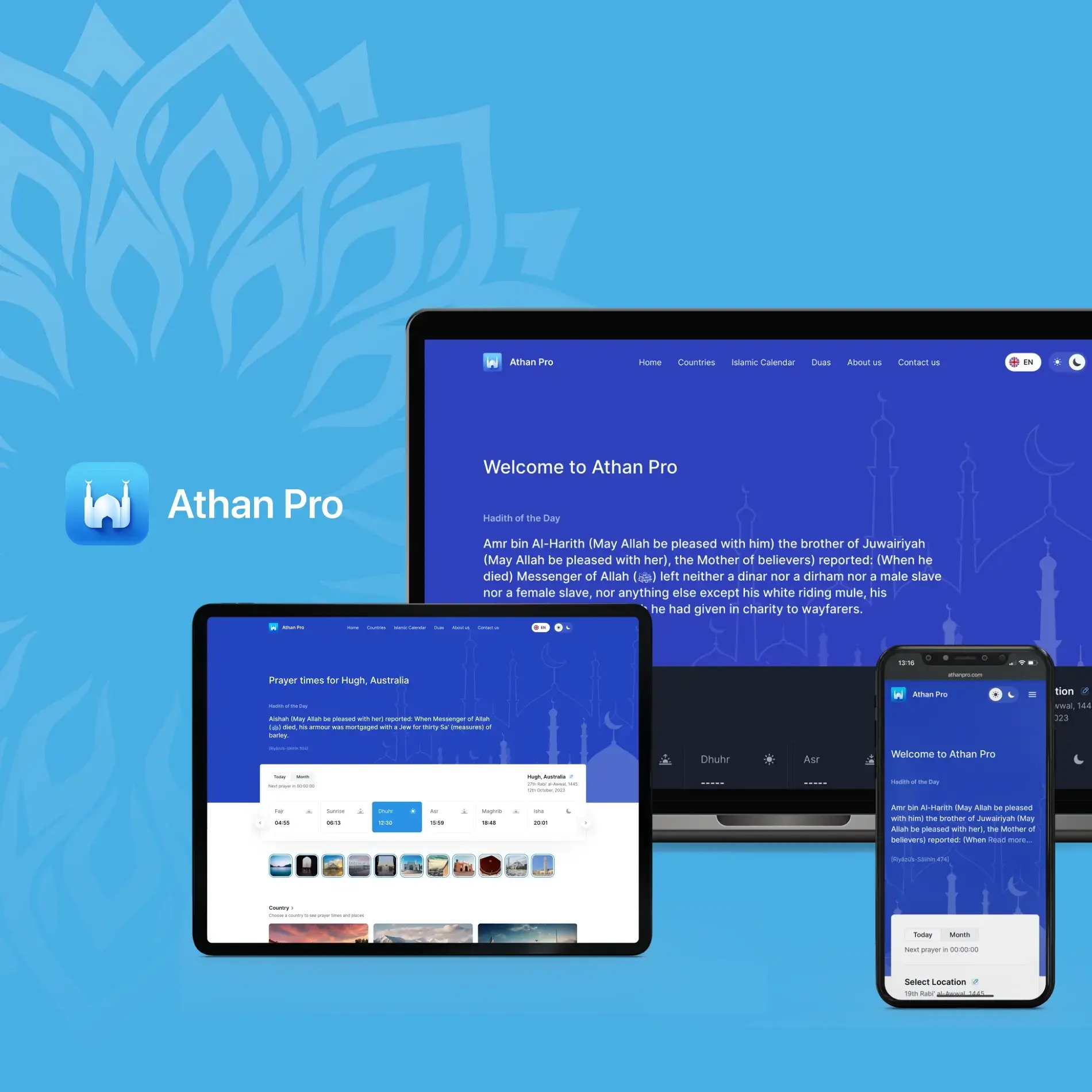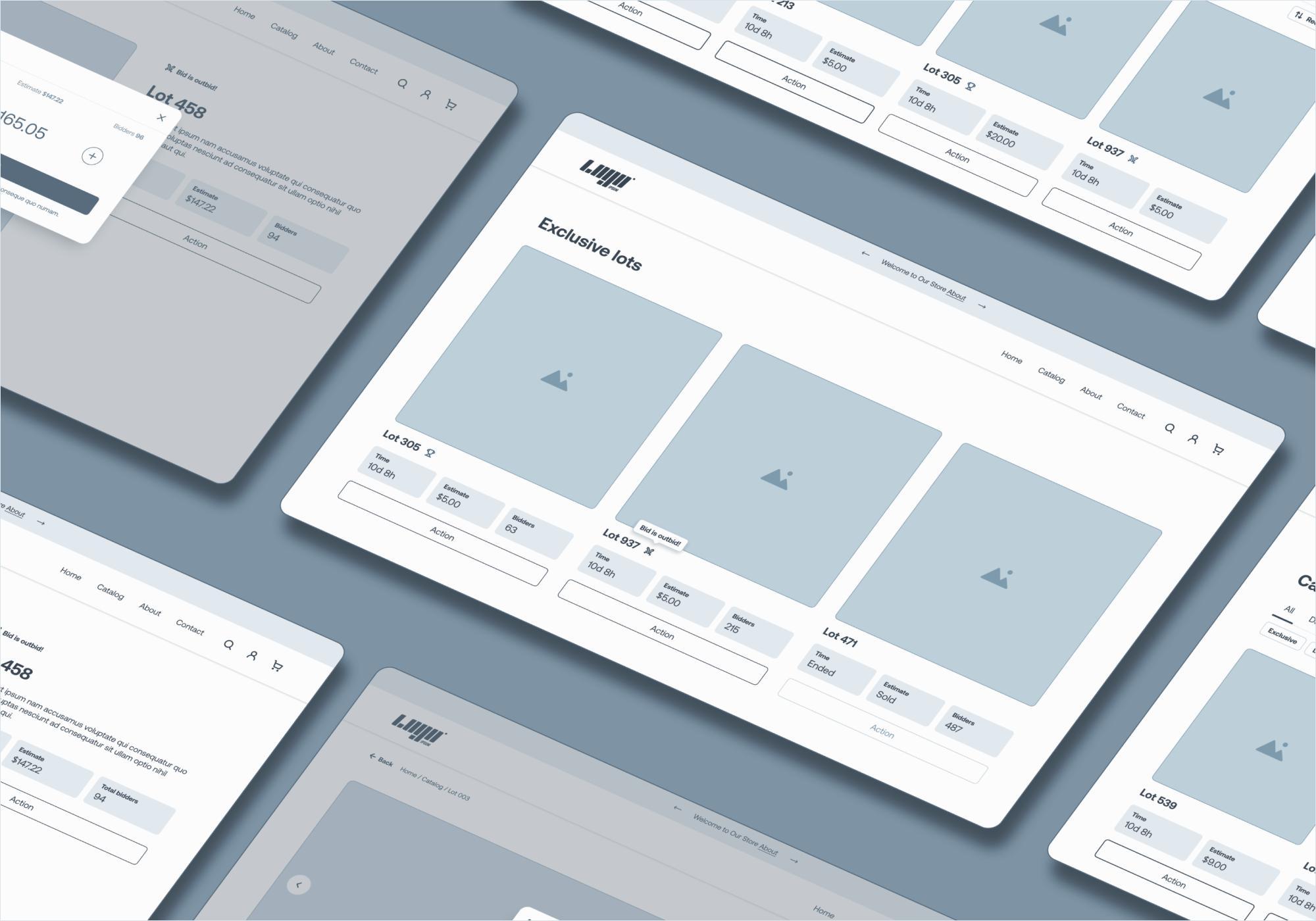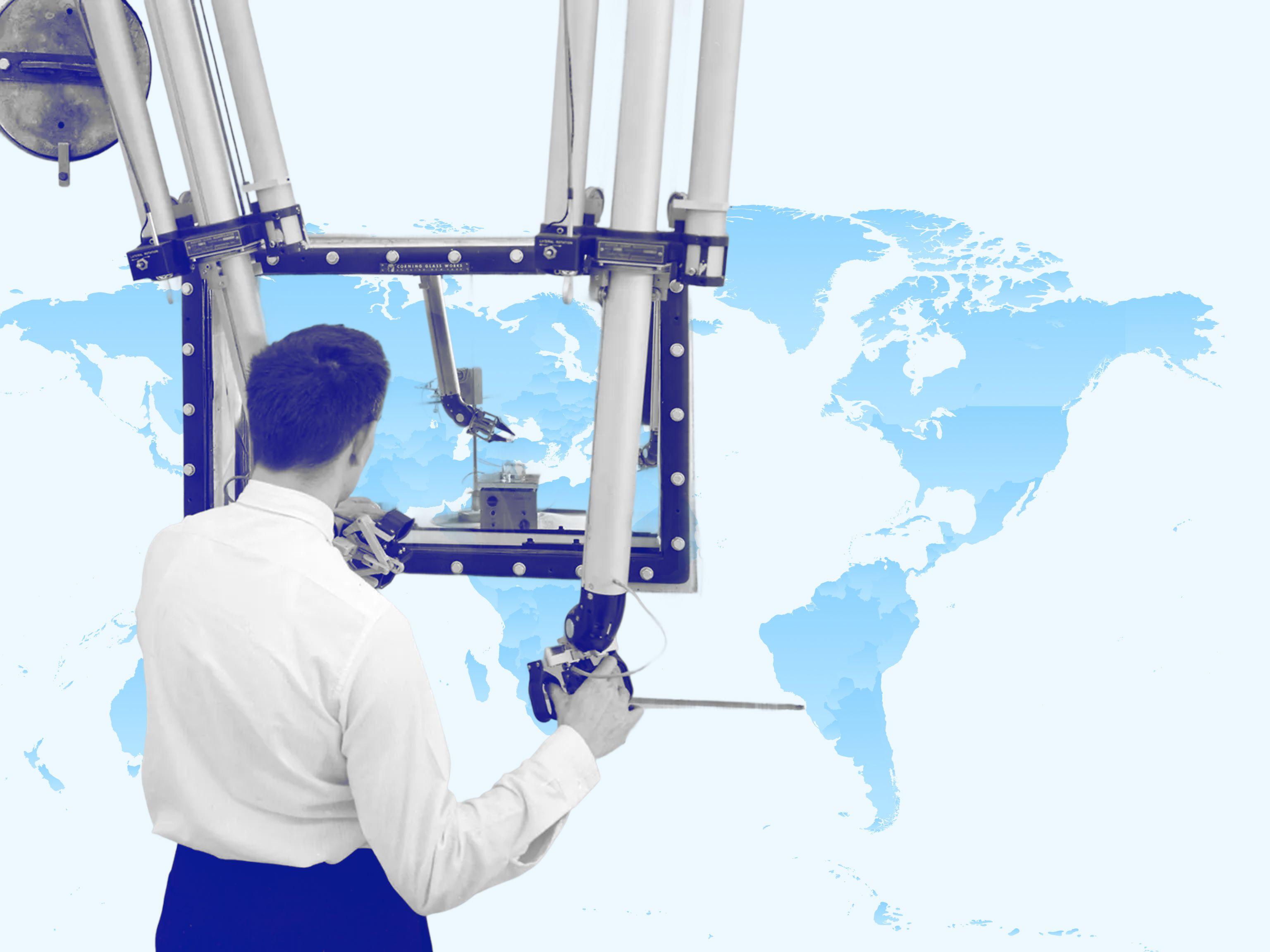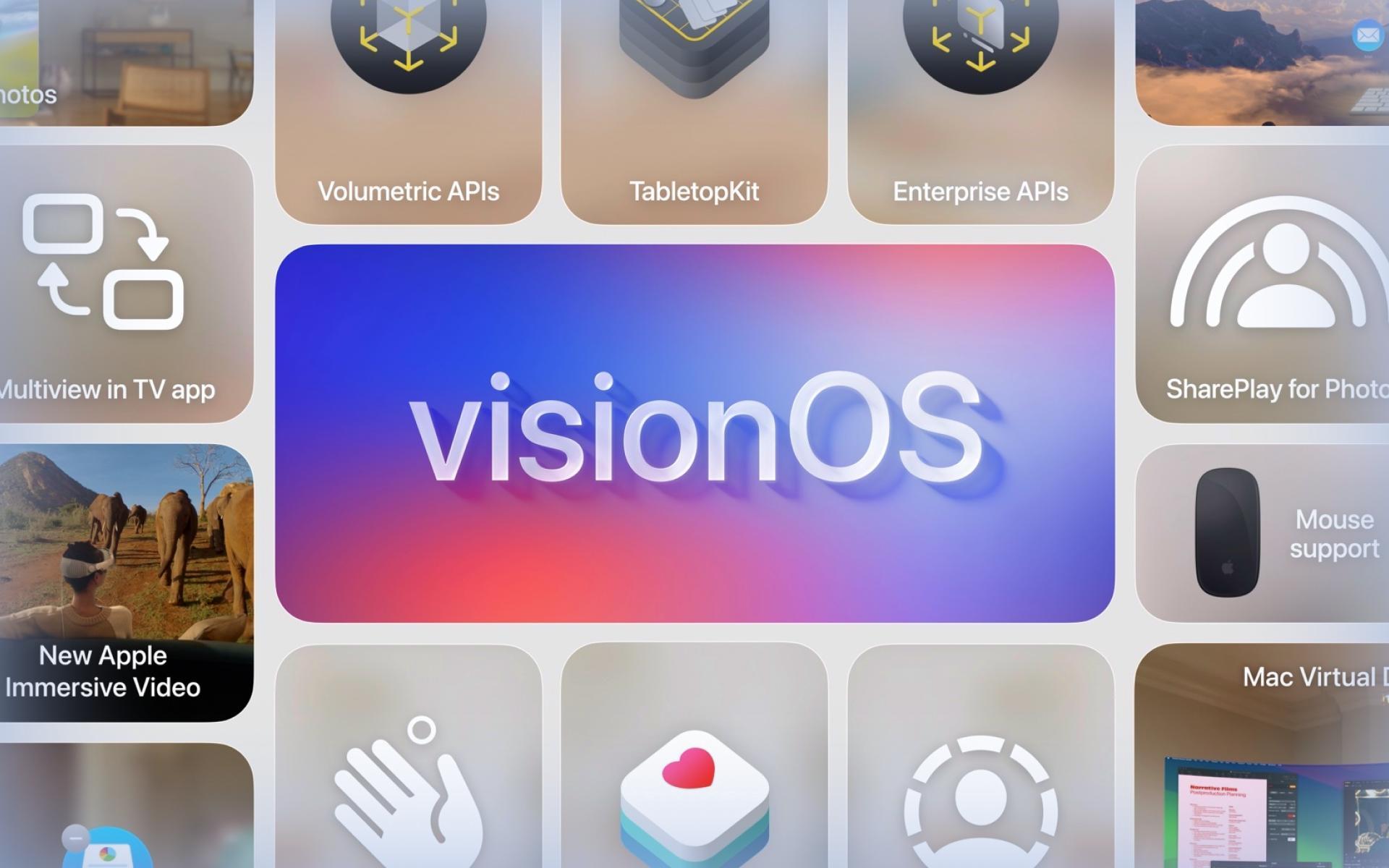
- VisionOS
VisionOS App Dev: Key Features & Steps
Keep up with new technology by learning everything about VisionOS app development. From key features to the platform’s advantages, we’ll cover it all.
July 18, 2024 | Updated on November 24, 2025 | 10 min

Sergei Skirev
CTO at JetBase
Table of Contents
- What is VisionOS?
- VisionOS App Development Advantages
- VisionOS App Features
- Use Cases by Industry
- Understanding the VisionOS App Development Process
- VisionOS App Development Cost
- Factors Influencing the Cost of Developing a VisionOS App
- VisionOS App Development Best Practices
- VisionOS App Performance Optimization Tips
- How Can JetBase Help You with VisionOS Development?
- FAQ
Our Cases
Innovation isn’t just about ideas - it’s about execution, turning vision into reality, and creating solutions that truly make an impact. See what we’ve built and how it works:
- HealthCare
- Media & Entertainment
- eCommerce
- Amazon Web Services
- Cloud Cost Optimization
- Serverless Application
- Retail
- HealthCare
- Media & Entertainment
- eCommerce
- Amazon Web Services
- Cloud Cost Optimization
- Serverless Application
- Retail


